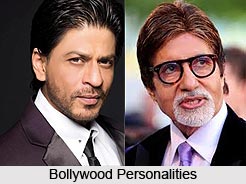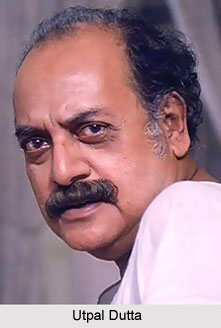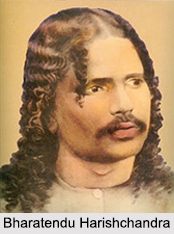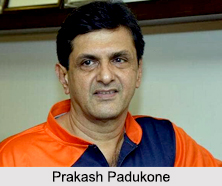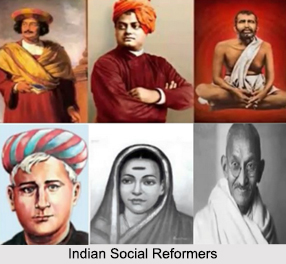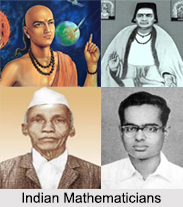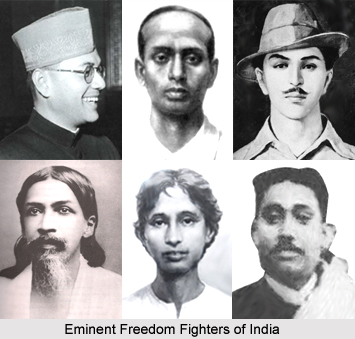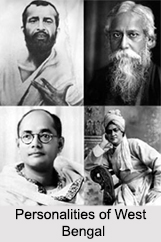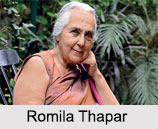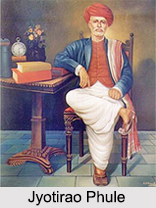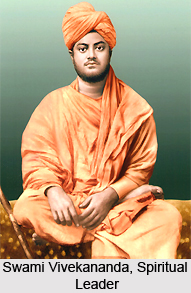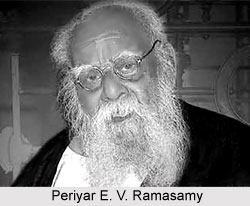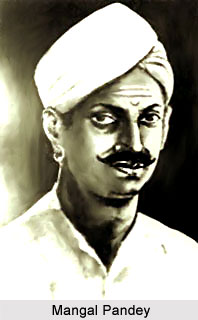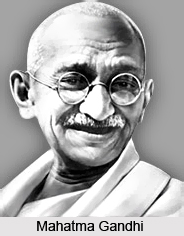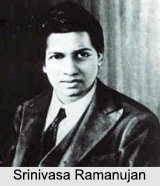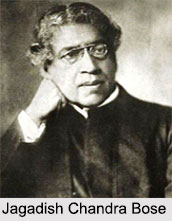Homi Sethna is the doyen of Indian Nuclear Science and a chemical engineer who has had gained international fame as the chairman of the Atomic Energy Commission as and when the first nuclear test having the code name Smiling Buddha in the Pokhran test range in the year 1974 was conducted. He was the architect of the nuclear bomb.
Career of Homi Sethna
A chemical engineer by profession who built the most critical elements of India`s nuclear weapons programme, this stalwart is particularly popular because of the innate characteristics of a flamboyant leader, a pioneer of modern India`s advanced technological development and as a dreamer he worked who had actually protected the nation`s nuclear options at one of its most difficult moments.
A pillar of India`s nuclear programme, Homi Sethna`s career started neither in a laboratory nor a workshop, but in the swimming pool of the Wellington Club near Haji Ali. Legend goes that legendary nuclear scientist Homi Bhabha met Sethna while the two men were enjoying a swim at the club circa late 50s.
His talk with Sethna impressed Bhabha so much that he invited the young man to his office. The next day, a brief interview later, Sethna was offered a job. Those who worked with Sethna recall that he was a taskmaster, an extreme disciplinarian and a stickler for cleanliness who could be extremely brusque at times. The discipline, not surprisingly, was most visible on the days he helped India conduct its first nuclear test in 1974 at Pokhran.
Contribution of Homi Sethna
His contribution is noteworthy to the point of which Indian populace cannot forget him.
He completed the construction of the Thorium plant and the plant for the production of nuclear grade uranium metal at Trombay. His first major challenging assignment had been the setting up of Plutonium Plant at Trombay in 1959 which was carefully designed and constructed entirely by Indian scientists and engineers under H. N. Sethna as the Project Engineer. The Uranium Mill at Jaduguda, Bihar was even the brainchild of his inimitable genius under his guidance in 1967. He was also the Project Manager of a 40 MW reactor called Canada-India Reactor in 1956-58.
Homi Sethna was the guiding force behind the first peaceful nuclear explosion, Project Smiling Buddha in India on May 18, 1974, and in 1975, Homi Sethna, then chairman of the Atomic Energy Commission, Raja Ramanna and Nag Chaudhuri (head of the DRDO) received the Padma Vibhushan.
It had been only that time when a few rich and powerful nations could think of building nuclear energy and space programmes. With little experience and limited resources, Homi Sethna and his band of atomic scientists showed, armed only with commitment and imagination, that India could catch up with the big powers in the mastery of frontier technologies. By the time he passed away at 87, Homi Sethna saw the wheel of India`s nuclear fortunes turn the full circle.
The 1950s and 1960s were heady decades, when Indian atomic scientists made big strides at home and benefited from the "scientific internationalism" of the era. After May 1974, when India demonstrated its nuclear capability in the Pokharan desert, India had to endure more than three decades of nuclear isolation. As India debated the historic nuclear civil nuclear initiative with the United States during 2005-08, Homi Sethna lent his influential voice. He is the man who powered India`s nuke dream.
